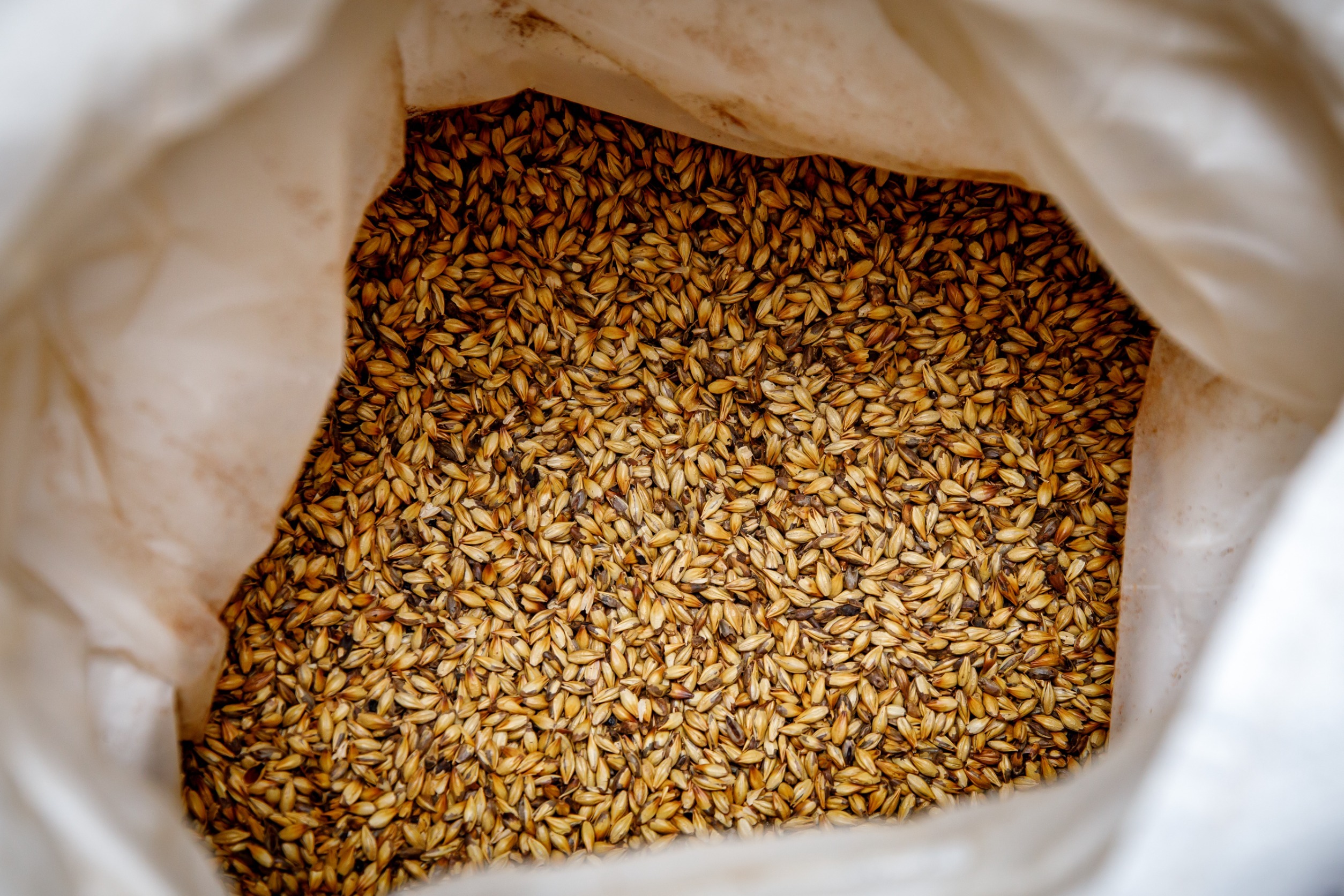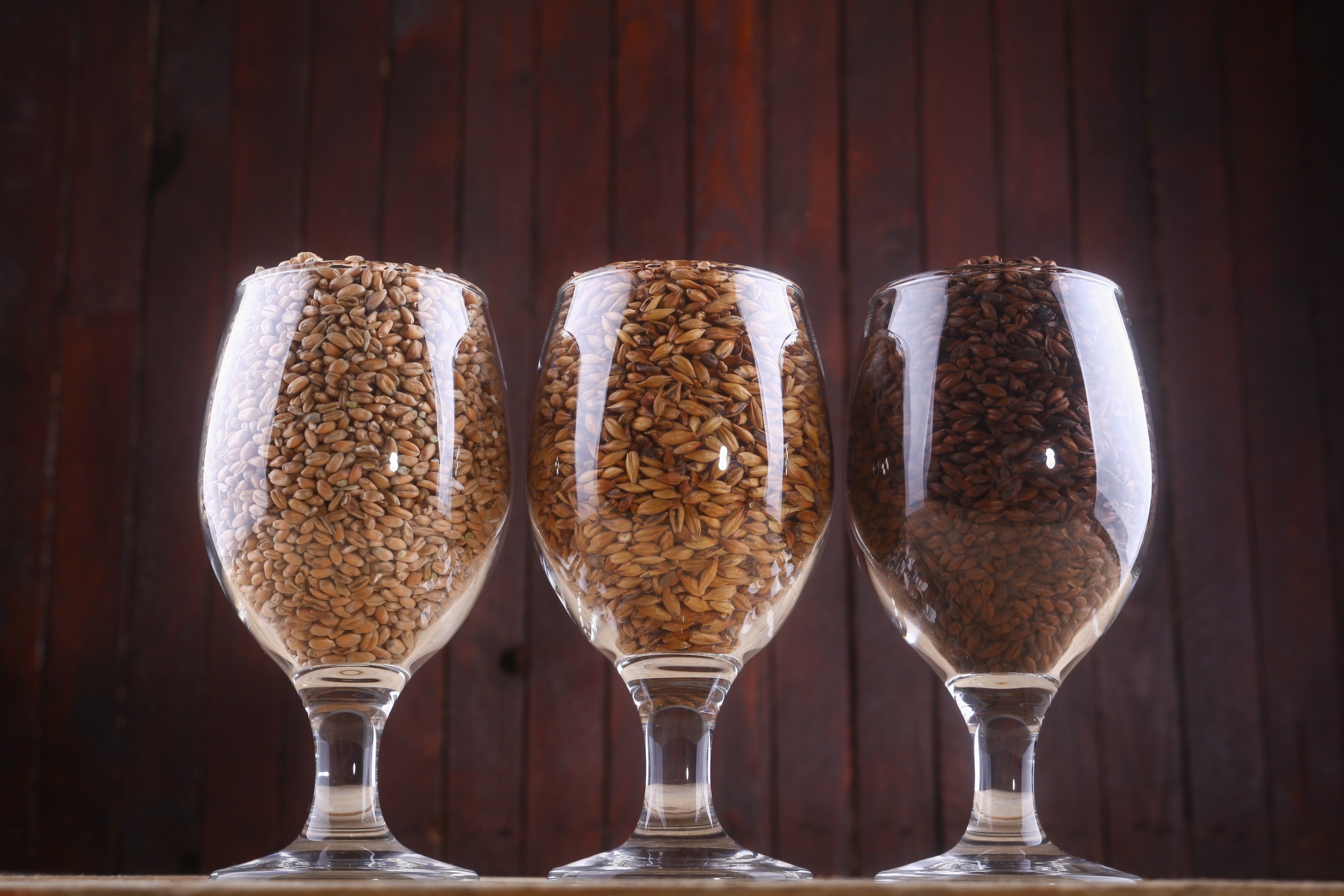
Barley malt, the heart and soul of beer production, is a key ingredient that shapes the flavor, aroma, and color of the world’s most beloved alcoholic beverage. Among the various types of malt used in brewing, kilned barley malt occupies a central place. In this comprehensive exploration, we will delve into the intricacies of kilned barley malt, tracing its origins, the malting process, its impact on beer, and its role in the craft of brewing.
Origins of Barley Malt
The history of barley malt dates back thousands of years, coinciding with the emergence of beer itself. It’s believed that the ancient Sumerians were among the first to document the brewing process, using malted barley as a key ingredient. Barley was favored because of its adaptability to various climates and its suitability for malting, which made it an ideal grain for brewing.
The malting of barley, an essential step in beer production, involves a carefully controlled germination and drying process. Kilned barley malt, in particular, represents a specific stage in this process where the germinated barley is dried in a kiln, setting the stage for the development of its unique flavors, aromas, and colors.
The Malting Process
Malting is a meticulous process that transforms raw barley into malted barley, a product rich in fermentable sugars, enzymes, and a range of complex flavors. The malting process can be divided into several key steps, with kilning being a critical stage:
- Steeping: The journey of barley into malt begins with soaking the grains in water to initiate germination. During this phase, the barley absorbs moisture, swells, and activates enzymes that convert starches into sugars.
- Germination: The moistened barley is allowed to sprout, and under controlled conditions of temperature and humidity, it grows and develops. The length of germination varies depending on the desired characteristics of the malt.
- Kilning: Kilning marks a pivotal moment in the malting process. After the barley has been germinated to the desired point, it is transferred to a kiln for drying. Kilning not only halts the germination process but also imparts a range of flavors and colors to the malt. This drying is carried out with careful consideration of time and temperature, influencing the final product’s profile.
Types of Kilned Barley Malt
The kilning process is where barley malt diverges into various types, each contributing distinct attributes to the beer.
The key types of kilned barley malt include the base malts:
- Pale Malt: Pale malt is lightly kilned and the most versatile type of malt. It imparts a mild, clean flavor and a pale color to the beer. It serves as the foundation for many beer styles, particularly pale ales and lagers.
Pale malt, often referred to as 2-row or 6-row malt, is the most versatile and widely used base malt in brewing. The 2 row title is a standard term that refers to a specific cultivar of barley with only two rows of seeds on the stem. Derived from well-modified barley, pale malt undergoes a moderate kilning process that imparts a light color and a mild, malty flavor. Its enzymatic activity makes it an excellent choice for promoting the conversion of starches to sugars during mashing, ensuring a robust fermentation process.
Pale malt can be further distinguished by calling it American 2-Row which is the standard used in American beers and is preferred to the 6-row barley because the former has less protein and therefore less prone to haze..
- Pilsner Malt: This malt is a subtype of pale malt that is often used in the production of Pilsner-style lagers. It is kilned to achieve a lighter color and a crisp, clean flavor profile.
- Munich Malt: Munich malt is kilned to a higher degree than pale malt, resulting in a richer, maltier flavor with a light to amber color. It is a key ingredient in many German-style lagers and bocks.
- Vienna Malt: Kilned to a medium level, Vienna malt offers a balanced flavor profile with a hint of biscuit-like sweetness. It is a prominent component in Vienna lagers and Märzen beers.
- Melanoidin Malt: This specialty malt is kilned to enhance the development of melanoidins, which contribute to a full-bodied mouthfeel and enhanced malt sweetness. It is often used in Belgian ales and some German lagers.
- Aromatic Malt: Aromatic malt is kilned to a higher degree than pale malt, imparting a rich, malty aroma and a deep amber to brown color. It’s used in various dark ales and Belgian styles.
- Chocolate Malt: Darkly kilned, chocolate malt is responsible for the roasted, chocolate, and coffee-like flavors in stouts, porters, and darker ales.
- Black Malt: Kilned to the highest degree, black malt contributes intense roasted and coffee-like flavors as well as a deep black color. It’s a key ingredient in the darkest of beers, including stouts and porters.
Impact on Beer
Kilned barley malt has a profound impact on the flavor, aroma, and appearance of beer. Here are some of the ways in which kilned malt influences the final product:
- Flavor: The degree of kilning determines the malt’s flavor profile. Lightly kilned malts like pale and pilsner malts contribute mild, biscuity, and grainy flavors. As the kilning intensity increases, malts develop caramel, toffee, and roasted notes. This diverse range of flavors allows brewers to craft a wide array of beer styles.
- Aroma: The aroma of kilned malt can be sweet, biscuity, caramel-like, toasty, or roasty, depending on the type and kilning level. These aromas play a crucial role in defining the beer’s overall bouquet.
- Color: Kilned malt also imparts color to the beer. Lightly kilned malts produce pale to golden beers, while medium and dark kilned malts contribute amber, brown, and black hues.
- Body and Mouthfeel: Kilned malt can influence the body and mouthfeel of the beer. Malts with higher kilning levels often contribute more fullness and sweetness to the mouthfeel, creating a richer beer experience.
Crafting with Kilned Barley Malt
Brewers carefully select and blend various types of kilned barley malt to achieve the desired flavor, color, and aroma profiles for their specific beer recipes. The art of brewing involves not only choosing the right malts but also understanding how to mash, boil, and ferment with them to create a harmonious and balanced beer.
Different beer styles call for different combinations of kilned malts. For example, a traditional English bitter may use a combination of pale malt for the base, a touch of caramel malt for sweetness, and a hint of chocolate malt for color and roastiness. On the other hand, a robust American stout might rely heavily on dark malts for its bold roasted character.
In addition to their impact on the final beer, kilned malts also play a role in the development of specialty beer styles. The use of specialty malts, such as chocolate malt and black malt, has given rise to the rich and flavorful world of stouts and porters, while Vienna and Munich malts are instrumental in creating the malty sweetness of Märzen and Vienna lagers.
Kilned barley malt is an essential ingredient in the art and science of brewing beer. It serves as the canvas upon which brewers paint their flavor and aroma masterpieces. The careful selection of kilned malt types and the skillful manipulation of the malting process allow brewers to create a vast spectrum of beer styles, each with its own unique character.
From the light and refreshing qualities of pale malt to the rich and robust flavors of chocolate and black malt, kilned barley malt is at the heart of beer’s diversity and complexity. Whether you’re sipping a crisp pils


Leave a Reply